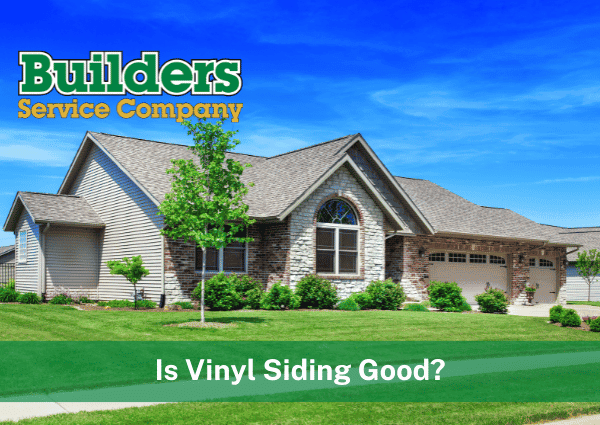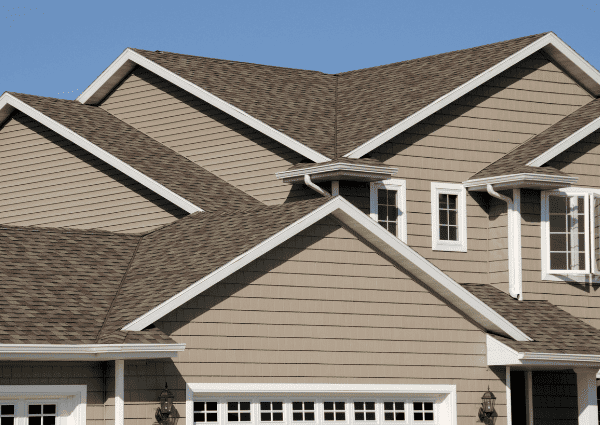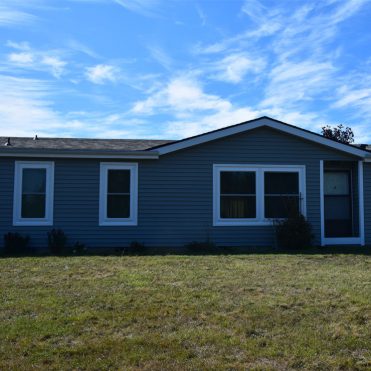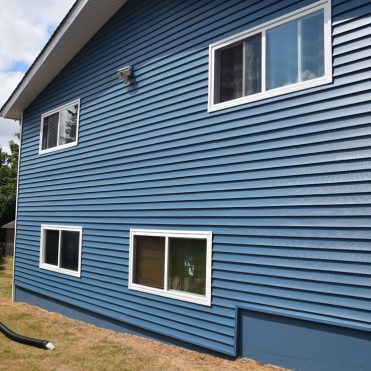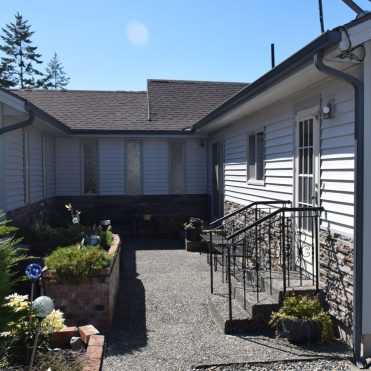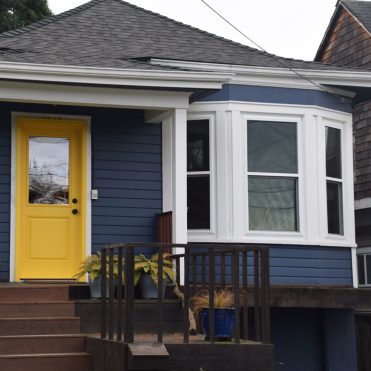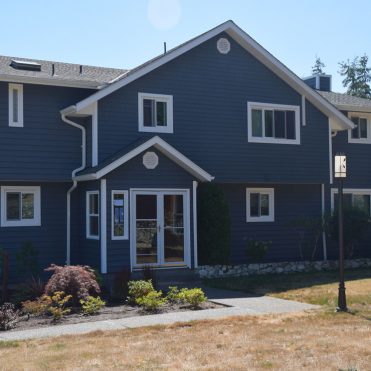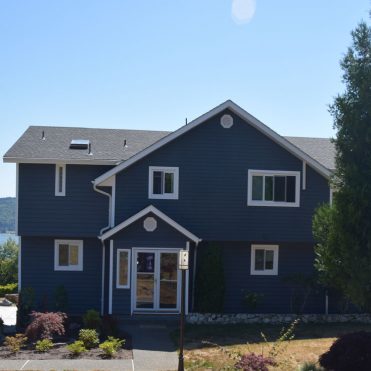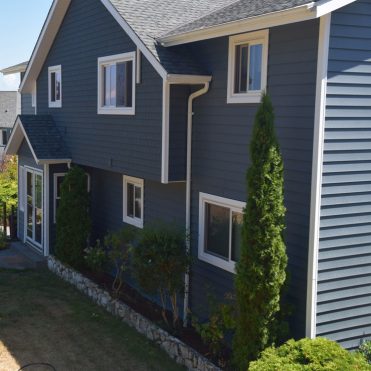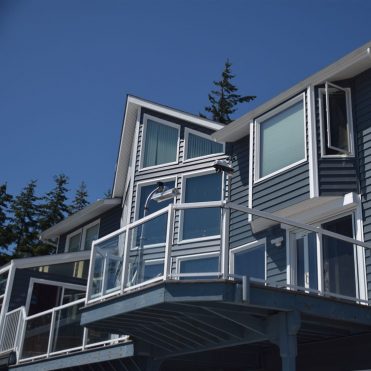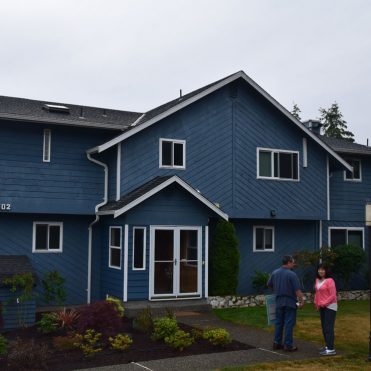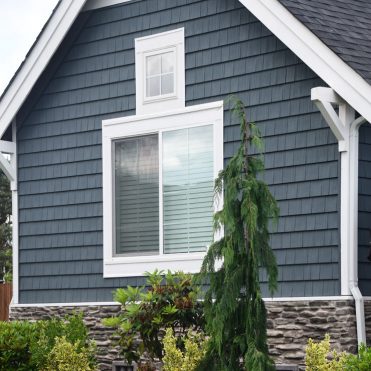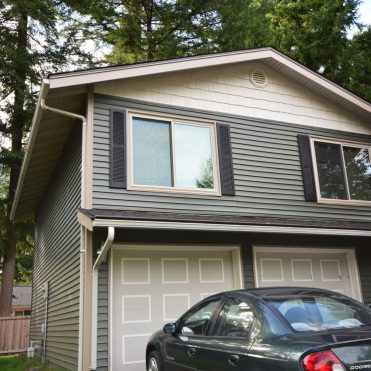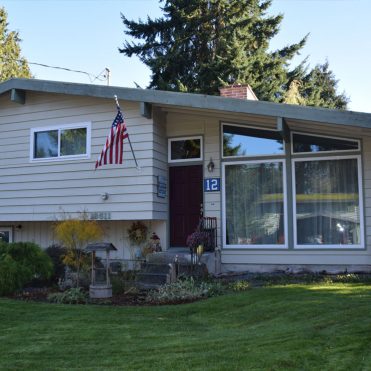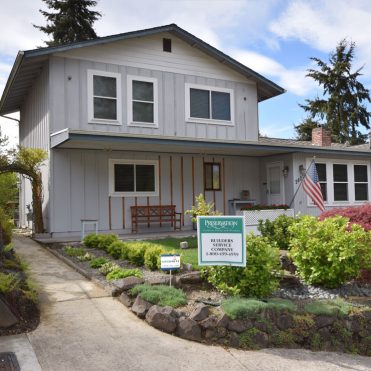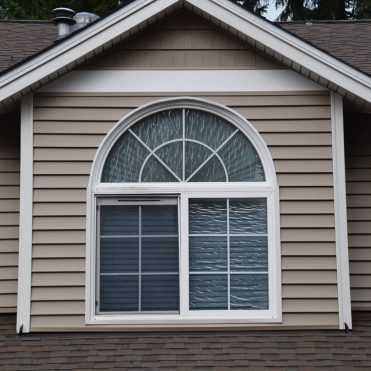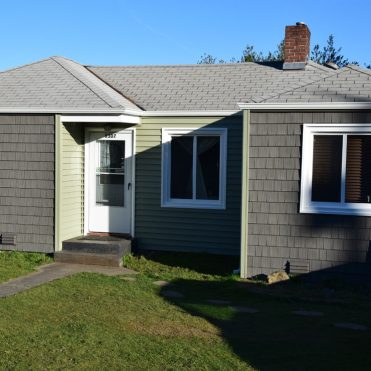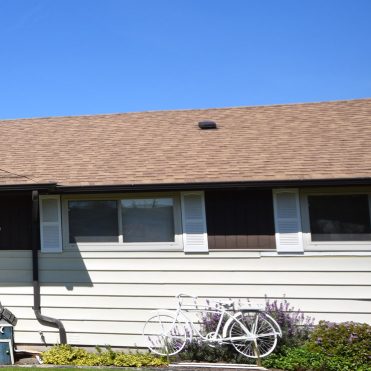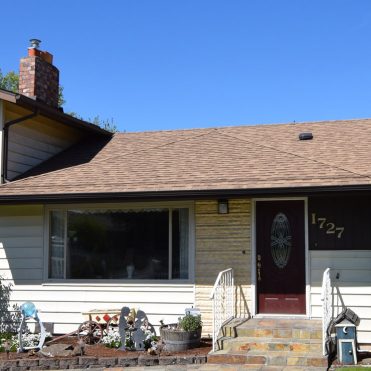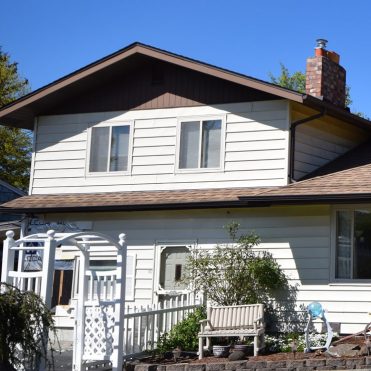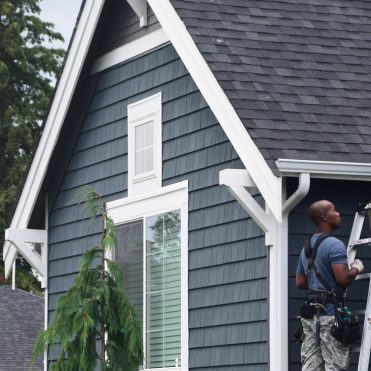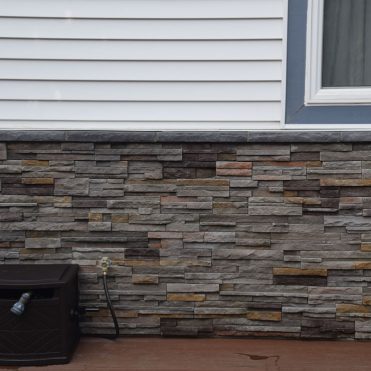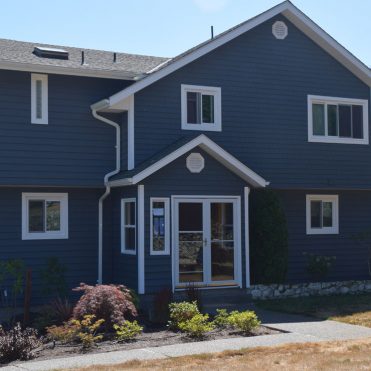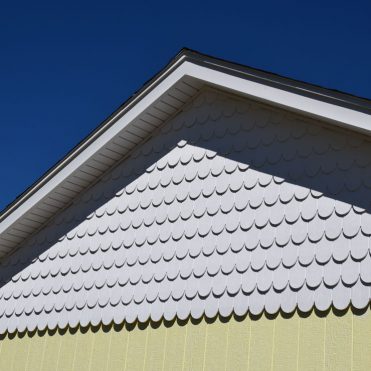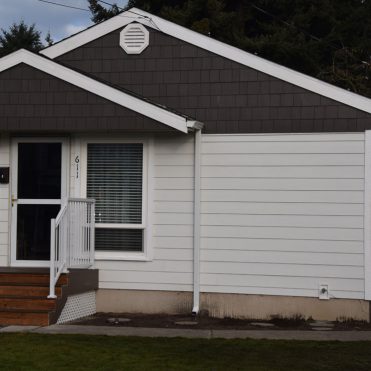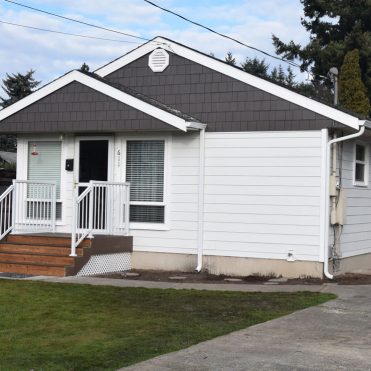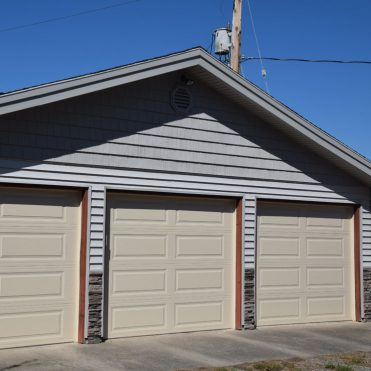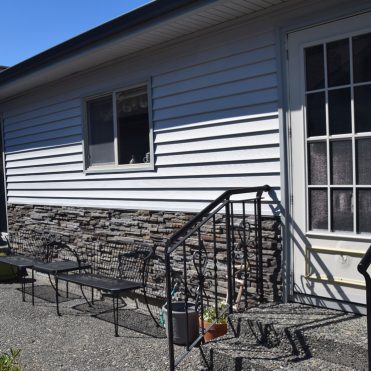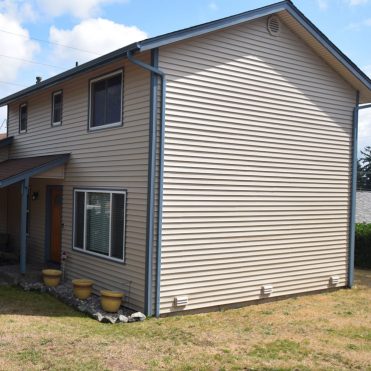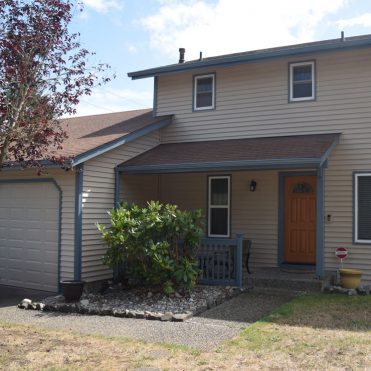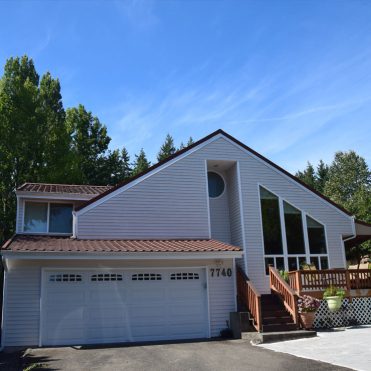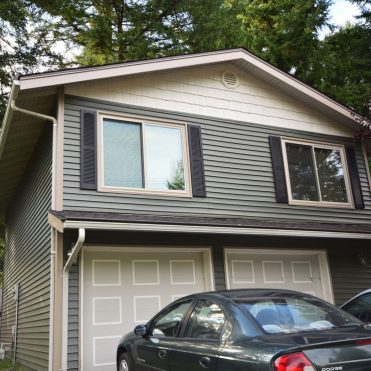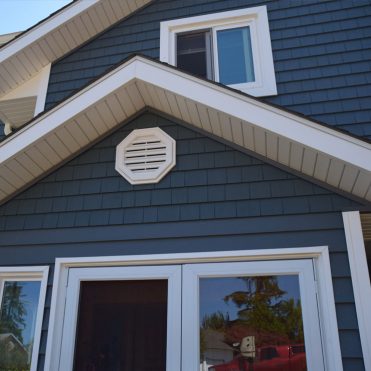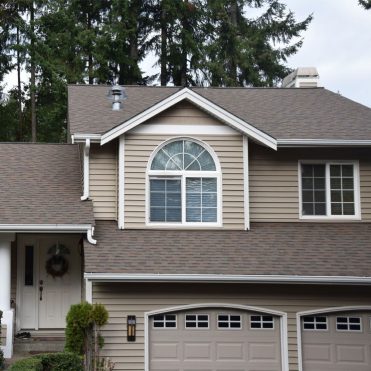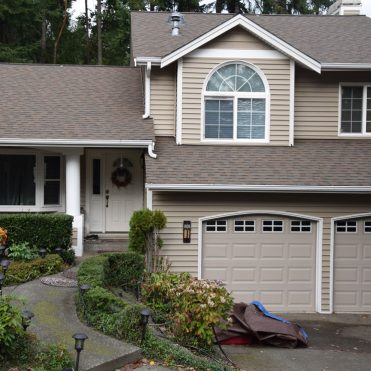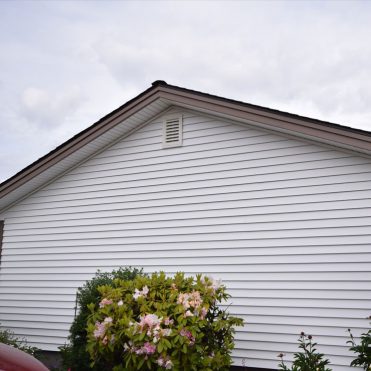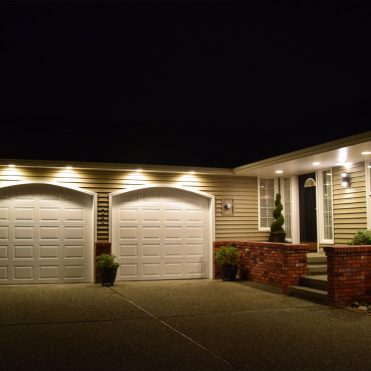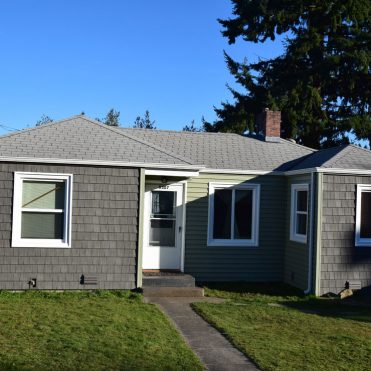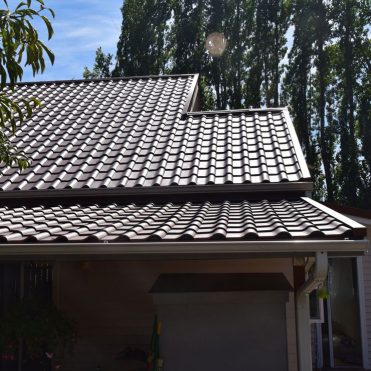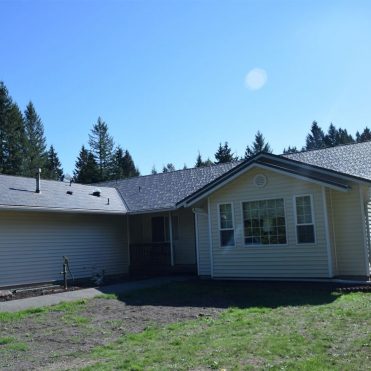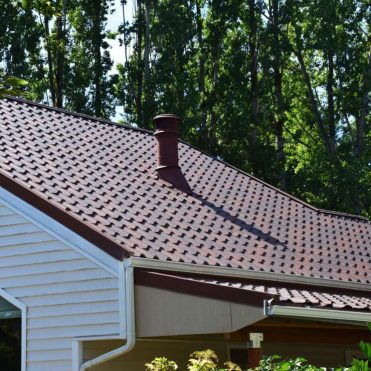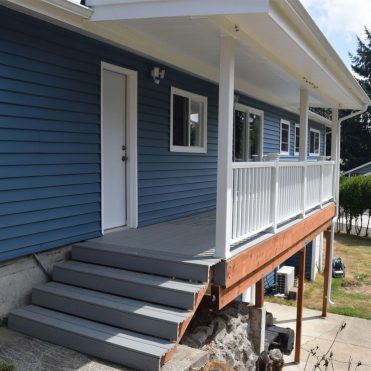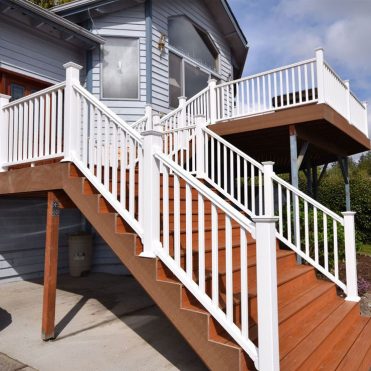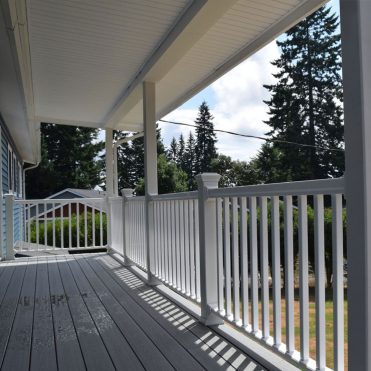Is Vinyl Siding Good? The Ultimate Guide for Homeowners
Choosing the right siding for your home is crucial in ensuring durability, aesthetic appeal, and energy efficiency. Among the many options available, vinyl siding has gained widespread popularity due to its affordability, low maintenance, and variety of styles. But is vinyl siding good for your home? This guide explores everything you need to know, including its benefits, drawbacks, types, installation, maintenance, and overall value.
A Brief History of Vinyl Siding
Vinyl siding emerged in the 1950s as an alternative to aluminum siding, which was prone to dents and corrosion. Early versions of vinyl had issues with durability and color fading, but advancements in technology have significantly improved its quality. Today, vinyl siding is engineered to withstand various weather conditions, retain its color, and mimic traditional wood siding while offering enhanced longevity and minimal upkeep. It has become one of the most widely used exterior cladding materials in the United States due to its cost-effectiveness and performance. Given its evolution, many homeowners now ask, is vinyl siding good compared to other materials?
What Is Vinyl Siding?
Vinyl siding is an exterior cladding material made primarily from polyvinyl chloride (PVC). It serves as a protective layer for homes against moisture, wind, and temperature fluctuations while enhancing curb appeal. Unlike wood or fiber cement siding, vinyl does not require painting or sealing, making it a convenient and low-maintenance option. But is vinyl siding good for longevity and durability? Many homeowners choose it because of its proven performance over time.
Key Features:
- Available in a wide range of colors and textures
- Lightweight and easy to install
- Resistant to moisture, mold, and pests
- Optional insulation for improved energy efficiency
- Designed to mimic the look of wood, shake, or stone
Pros of Vinyl Siding
1. Low Maintenance
- Requires minimal upkeep compared to wood or brick siding
- No need for repainting or staining
- Simple cleaning with soap and water prevents mold and mildew buildup
2. Affordability
- One of the most cost-effective siding options on the market
- Lower material and labor costs compared to fiber cement, brick, or stone
- Cost-effective for both new construction and home renovation projects
3. Wide Variety of Styles and Colors
- Available in clapboard, board and batten, shake, and vertical siding
- Offers an extensive selection of colors, from neutrals to bold shades
- Textured designs that replicate wood grain and natural materials
4. Energy Efficiency
- Insulated vinyl siding provides better thermal resistance, reducing heating and cooling costs
- Acts as an additional layer of insulation, improving home efficiency
- Helps maintain indoor temperature stability, especially in extreme climates
5. Weather Resistance
- Designed to withstand wind speeds up to 110 mph (if properly installed)
- Resistant to moisture, preventing warping and rotting
- Suitable for various climates, including humid and rainy conditions
6. Pest and Rot Resistance
- Unlike wood, vinyl siding does not attract termites or insects
- Resistant to mold and mildew when properly maintained
- Does not decay over time like natural wood materials
If you’re wondering, is vinyl siding good for withstanding different environmental conditions? The answer depends on factors like climate and proper installation.
Cons of Vinyl Siding
1. Lower Impact on Home Value Compared to Premium Materials
- While vinyl siding enhances curb appeal, it does not increase resale value as much as wood or brick
- Some homeowners prefer premium materials like fiber cement or engineered wood for higher returns
2. Potential for Moisture Issues
- Improper installation can trap moisture behind the panels, leading to mold or structural damage
- Requires proper underlayment and ventilation to prevent water-related issues
3. Not Suitable for High-End or Historic Homes
- Some historic and luxury homes may require authentic wood or masonry for a more classic look
- Vinyl siding lacks the depth and authenticity of natural wood grain
4. Prone to Cracking in Extreme Cold
- In colder climates, vinyl siding can become brittle and crack upon impact
- High-quality, thicker gauge panels are recommended for durability
5. Heat Sensitivity
- Can warp or melt when exposed to excessive heat, such as from grills or reflected sunlight
- Proper installation and shade considerations are necessary to avoid damage
6. Repair and Replacement Challenges
- Color fading over time makes it difficult to match replacement panels
- Replacing individual panels requires professional expertise to maintain a seamless appearance
Given these drawbacks, many people ask, is vinyl siding good in extreme climates? Choosing the right quality and installation method can make a significant difference.
Types of Vinyl Siding
- Clapboard Siding – Traditional horizontal panels, commonly used in residential applications
- Insulated Vinyl Siding – Includes an additional layer of foam backing for improved energy efficiency
- Board and Batten (Vertical Siding) – Popular for farmhouse and modern aesthetics
- Vinyl Shake Siding – Mimics the look of cedar shakes with minimal upkeep
- Seamless Vinyl Siding – Offers a clean, uniform appearance with fewer visible seams
Environmental Impact
- Manufacturing Process: Made from PVC, which involves chemical processing and emissions
- Recyclability: Some manufacturers offer recycling programs for old vinyl siding
- Energy Savings: Insulated vinyl siding can reduce heating and cooling energy consumption
Many homeowners wonder, is vinyl siding good for environmentally-conscious buyers? While not biodegradable, its recyclability and energy savings make it a viable option.
Lifespan and Durability
Vinyl siding can last between 20 to 40 years, depending on quality, installation, and maintenance.
Factors Affecting Longevity:
- UV exposure – Darker colors may fade faster than lighter shades
- Proper installation – Prevents warping and moisture retention
- Maintenance – Regular cleaning prolongs lifespan
Proper Installation Techniques
- Preparing the Surface: Ensure a level, dry surface with proper moisture barriers
- Nailing Methods: Avoid overdriving nails to prevent warping
- Expansion and Contraction: Leave adequate spacing to accommodate temperature changes
- Professional Installation: Ensures durability and proper alignment of panels
Is Vinyl Siding Right for You?
Many homeowners ask, is vinyl siding good for long-term investment? Here’s what to consider:
Best for Homeowners Who:
- Want an affordable, low-maintenance siding option
- Prefer a variety of styles and colors
- Live in climates where extreme heat or cold is not a major concern
Consider Alternatives If:
- You own a historic or luxury home that requires premium materials
- You prefer a material with better insulation and impact resistance
- You live in an area prone to high heat or extreme cold that could affect vinyl’s durability
Contact Builders Service Company
At Builders Service Company, we specialize in top-quality vinyl siding installation tailored to your home’s specific needs. As a locally owned business serving the Pacific Northwest, we have built a strong reputation for excellence, customer satisfaction, and superior craftsmanship.
For expert advice and high-quality siding installation, call us today at 888-980-8580 or fill out our contact form. Let’s transform your home with durable, beautiful vinyl siding



